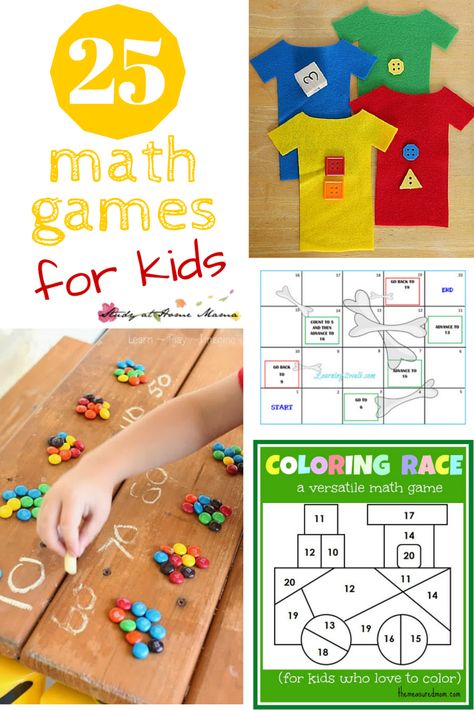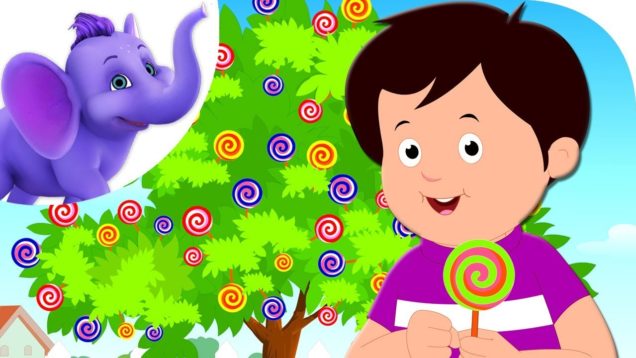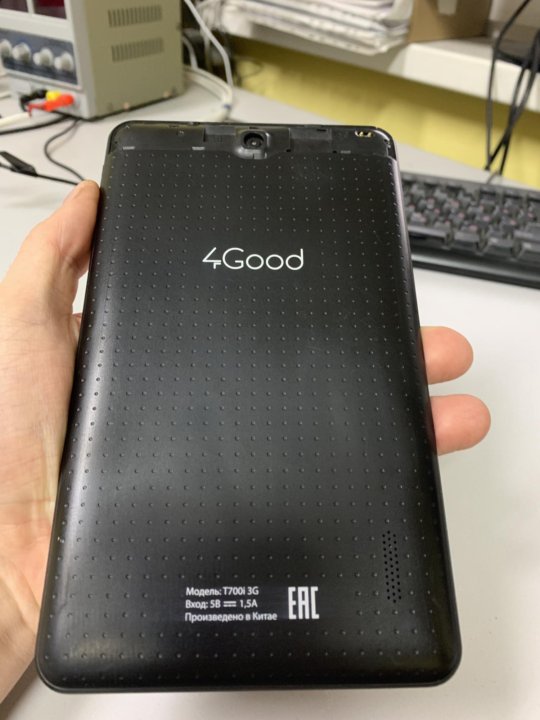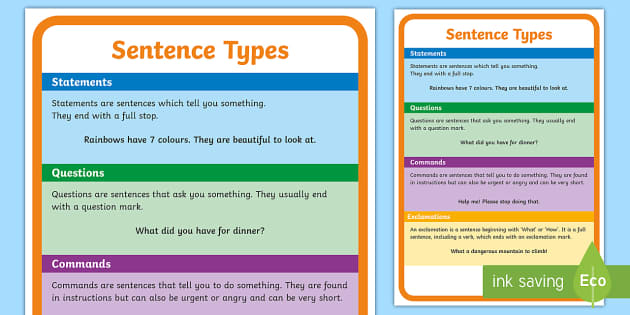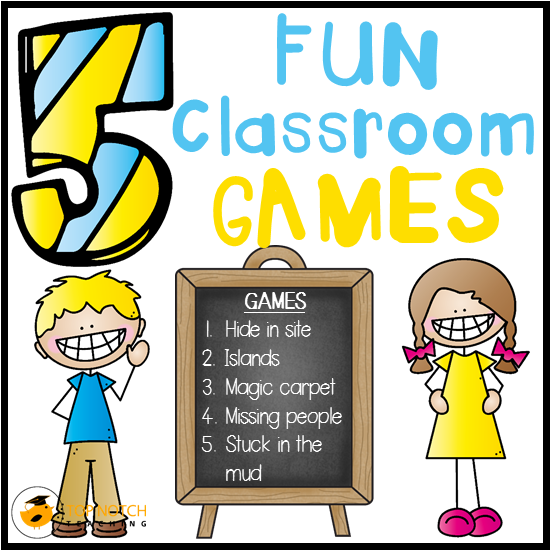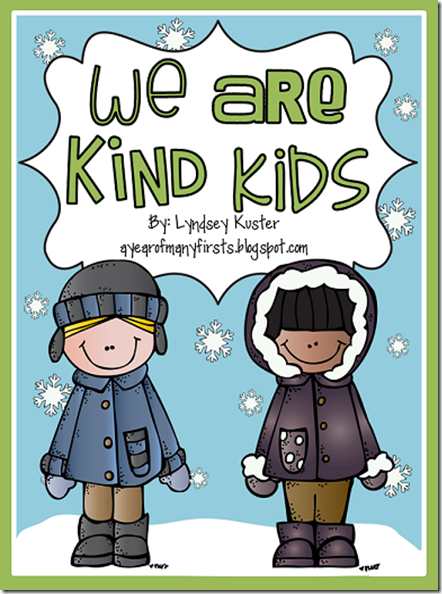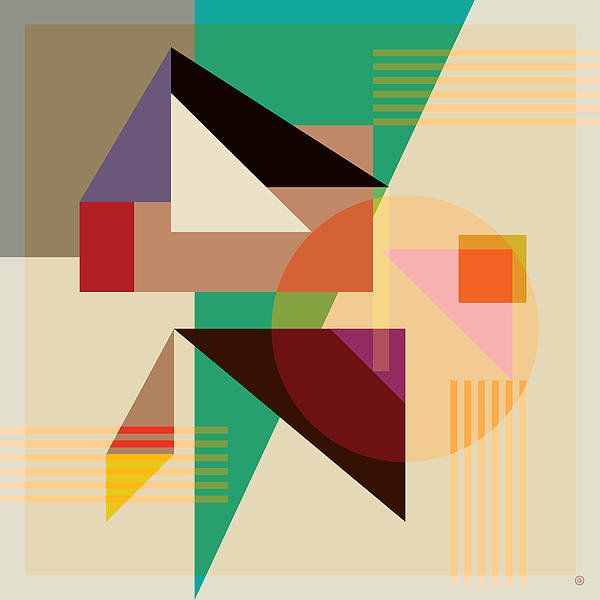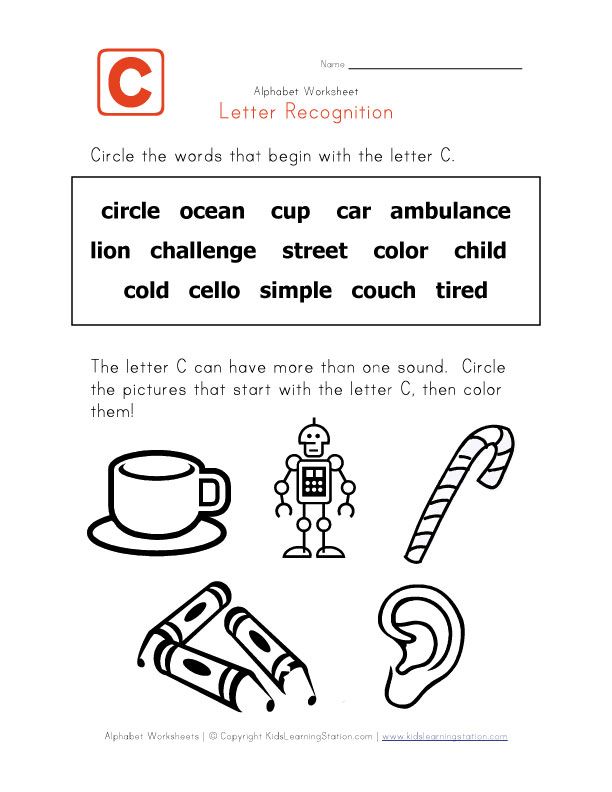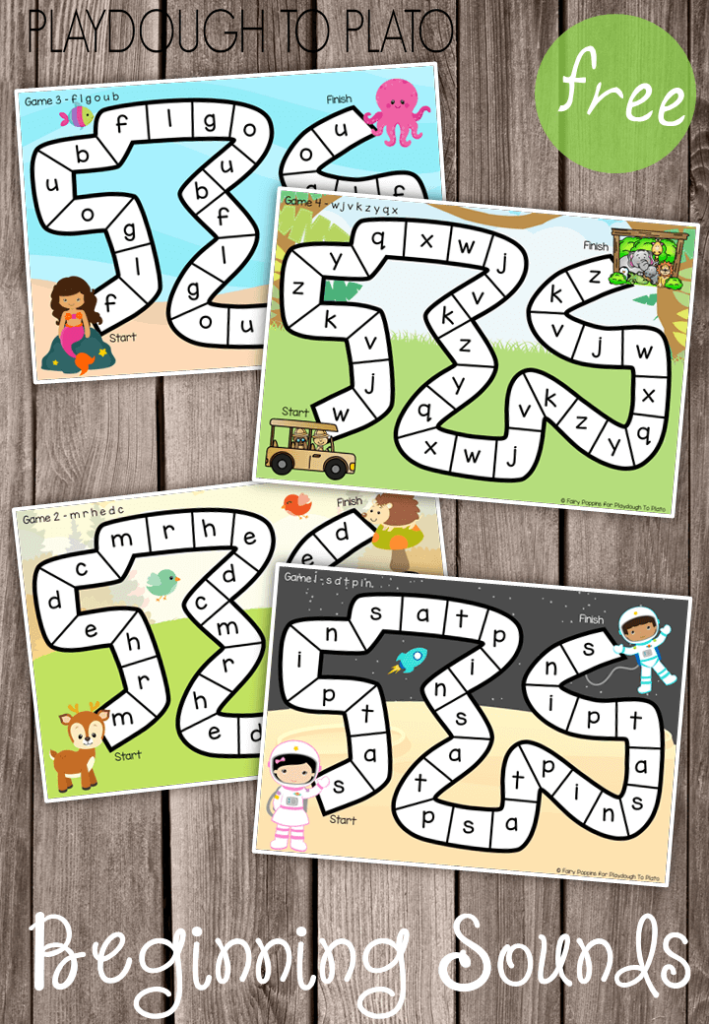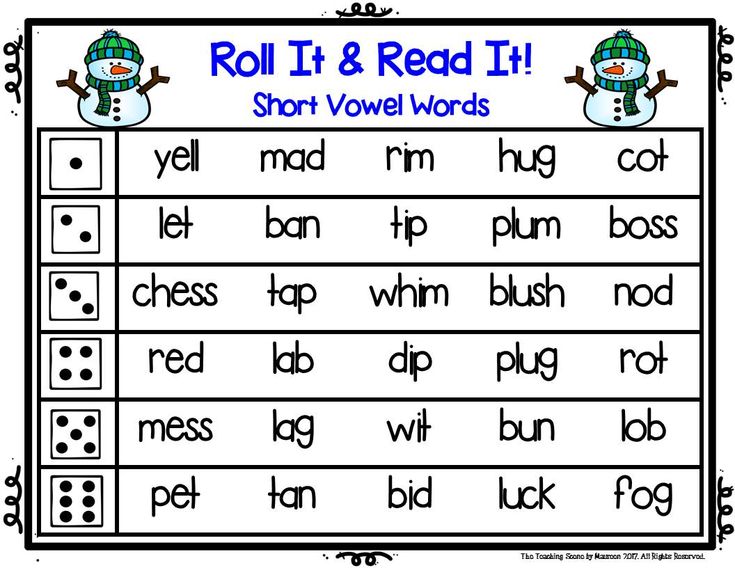Activities for math
7 Classroom Math Activities That Will Make Math Engaging and Fun
Back to Articles
Fun, hands‑on math games are a great way to make early math concepts clear and keep your students engaged.Introducing math games into the classroom is a great way to make learning fun, engaging and motivating for young learners.
And the best part about starting early (kindergarten to grade 2) is that it helps your students to develop a positive attitude toward math from an early age, setting them up for a successful academic future.
Here are some fun classroom math activities that will have your students begging to do more.
Math Bingo
This math game is sure to become a fast favorite with your students. You can choose whatever skill you want to review, such as addition, subtraction, or number sequencing. The game works just like regular bingo, except students have to solve math problems in order to know what number to mark off of their sheet.
To prepare, make a list of 25 math problems (e.g. 2+1, 3–0, or 2, 4, 6, _ ). Write the answers on the same sheet of paper.
Create your own 5x5 bingo cards or generate them online. At random, write the answers on the cards using the solutions from your list. There should be a bingo card for each student playing. You can laminate the cards to use for next time and have students place pennies or rocks to mark their answers.
Make a paper plate clock
Are your students learning to tell time this year? This hands‑on craft activity is a fantastic way to practice this important skill.
Start with a paper plate and make a small hole at the center. Students should write the numbers in the correct places. Using colored paper, they can then cut the clock hands to the right size and secure them using a split pin from the center. You can even use a second plate (different color) for students to write the minutes. Glue the second plate to the bottom of the first so that it creates a rim.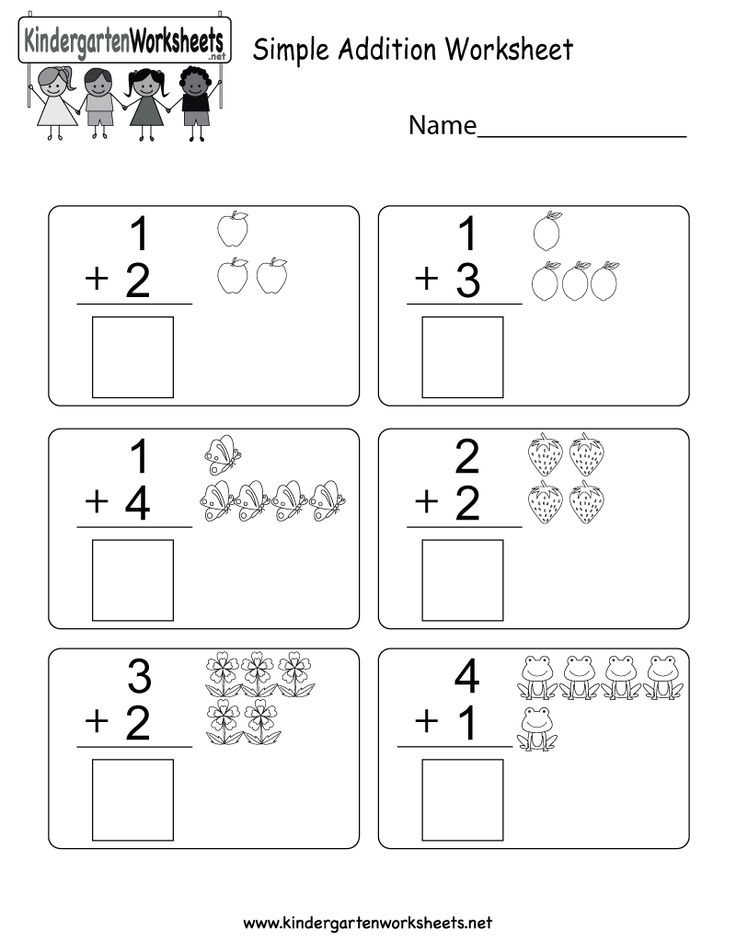
Guess the weight
Children love playing guessing games, and when it comes to whether something is heavy or light, there can certainly be a few surprises in store for them.
Gather several items and spread them across a table. One at a time, ask students to guess the weight of each item and write their predictions in one column on a page (you can create a simple template for this too). Using kitchen scales, invite individual students to weigh each item and record the correct answers in a second column. You can also add a column in between and pass each item around the class, so students can guess the weight after holding each in their hand.
Hopscotch math
This game is a great way to get your students outside on a nice sunny day. Using a piece of chalk, draw a hopscotch grid on the pavement mimicking a calculator layout. Ask students to form a line and one by one, give them a simple operation (e.g. 2+3, 5–0). Students should take turns hopping on each element of the equation in the correct order, landing finally on the answer.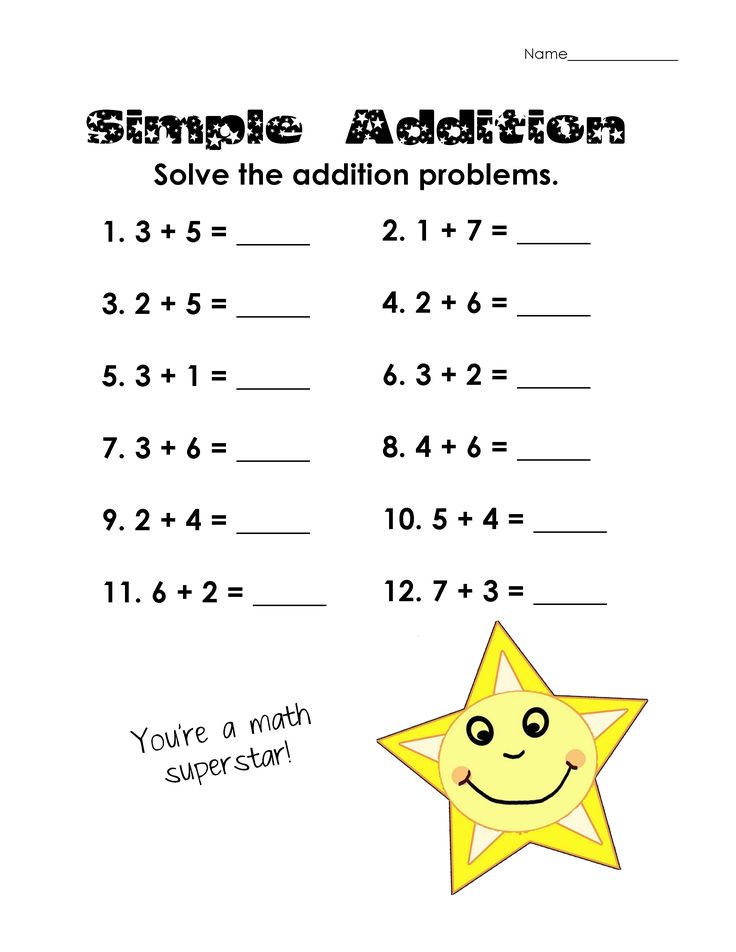
In another game, you can call out a number and ask students to hop on any equation that equals to that number. For a fun twist, ask students to hop on one leg for odd numbers, and two legs for even numbers.
Hopscotch math is a fun activity which helps students to practice simple operations.Pizza fractions
Fractions can be tricky, so this activity can really help students to visualize key concepts. Create an instruction sheet with five different fractions on each (you can create several so different students get a different set). Students should create a pizza (using construction paper, or even the inside of an empty pizza box) and decorate the toppings to represent each fraction.
For example, if they had a quarter (fourth), they should cover one-quarter of the pizza with a specific ingredient (e.g. mushrooms or pepperoni).
'Lengthy' scavenger hunt
Divide students into groups and give each group a list of measurements and a measuring tool (e.g. a ruler, tape, trundle wheel).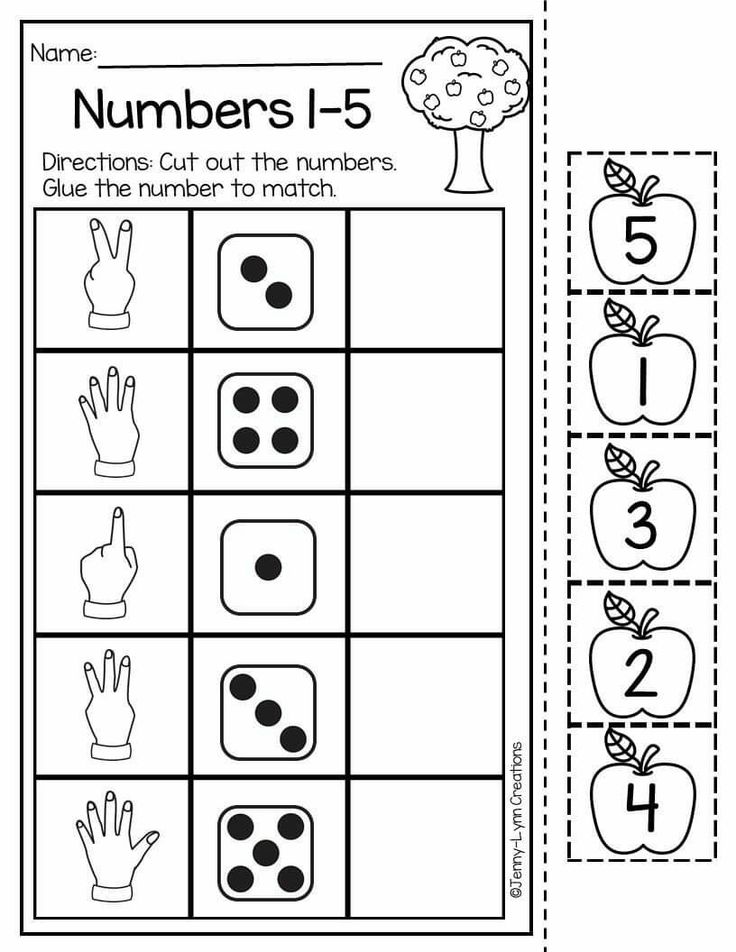 Instruct students to find items that are exactly the length of what they have listed. For younger students who haven't yet been introduced to measurement, draw various lines on their sheet and ask them to find items that are exactly the same length.
Instruct students to find items that are exactly the length of what they have listed. For younger students who haven't yet been introduced to measurement, draw various lines on their sheet and ask them to find items that are exactly the same length.
Make sure you prepare items beforehand and place them in a safe and visible spot. This activity can be done outside or in the classroom.
Survey and graph
Ask each student to think of a question they’d like to survey their fellow classmates on. For example, they might like to ask their classmates what their favorite animal is out of a dog, monkey, pig, or chicken. Give students time to walk around the classroom quizzing each other and recording their data.
Once students have collected enough data, ask them to represent their results by building a bar graph using linking cubes, blocks, or Legos. They can use sticky notes or bits of paper to create labels above each bar. Take a photo of each student's graph, which you can later print out to create a class collage to display.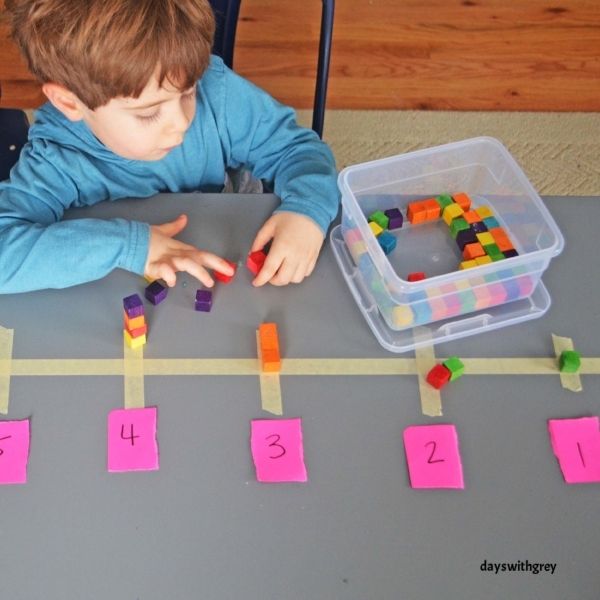
Looking for new ways to make elementary math fun? Mathseeds is a research-based online math program specifically designed for students in grades K–2. Created by a highly experienced team of elementary teachers, Mathseeds provides self-paced lessons, fun games, automated reporting, and a range of teaching tools to help your elementary math students succeed. Sign up for a free trial today.
35 Active Math Games and Activities for Kids Who Love To Move
Tired of hearing groans when you announce it’s time for math? These active math games and activities will spice up your learning game. They get kids up and moving, using their whole bodies to learn facts and skills. Lots of these ideas can be adapted to suit a variety of math concepts, so choose a few to try out with your own math students.
1. Throw snowballs inside or out
Clip flash cards to plastic tubs, then challenge kids to throw the correct number of large white pom-poms (“snowballs”) in from a distance.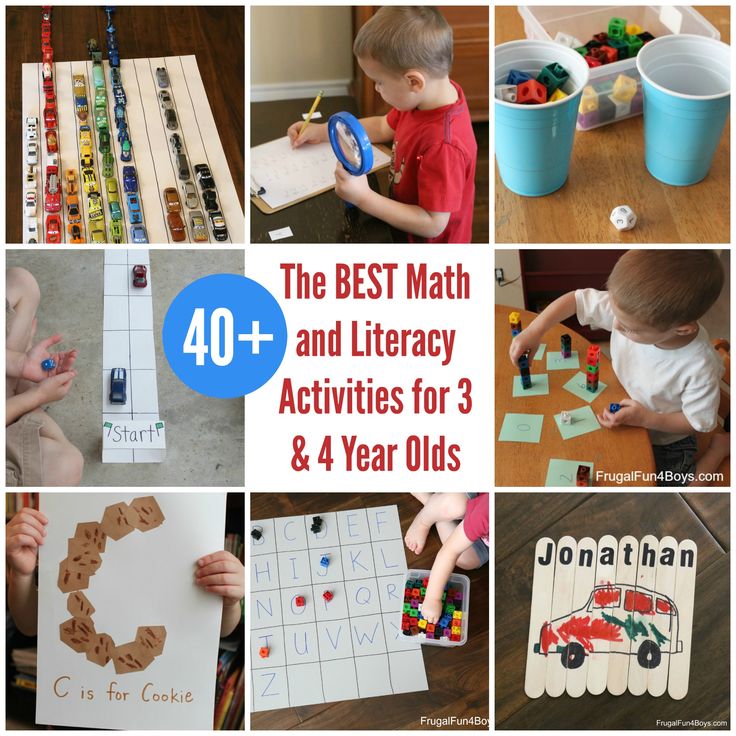 If there’s snow on the ground, bundle up and take this one outside to use real snowballs!
If there’s snow on the ground, bundle up and take this one outside to use real snowballs!
Learn more: Frugal Fun 4 Boys and Girls
2. Stack sticks to practice tally marks
Small sticks are perfect for practicing tally marks. Kids will have fun checking the ground under trees for twigs, then breaking them into pieces and creating tally piles.
Learn more: @amysam623
3. Fish for numbers
It’s so easy to make your own magnet fishing pole. Float some numbered foam fish with paper clips attached, then try to catch the numbers in the right order! (Don’t want to get wet? Just lay the fish on the ground instead.)
Learn more: Buggy and Buddy/Fishing Math
4. Draw and measure shapes on the sidewalk
First, give kids some sidewalk chalk and let them draw a variety of shapes, as big or small as they like. Then, arm them with measuring tapes and have them practice taking measurements.
Learn more: @playexploregrow
5.
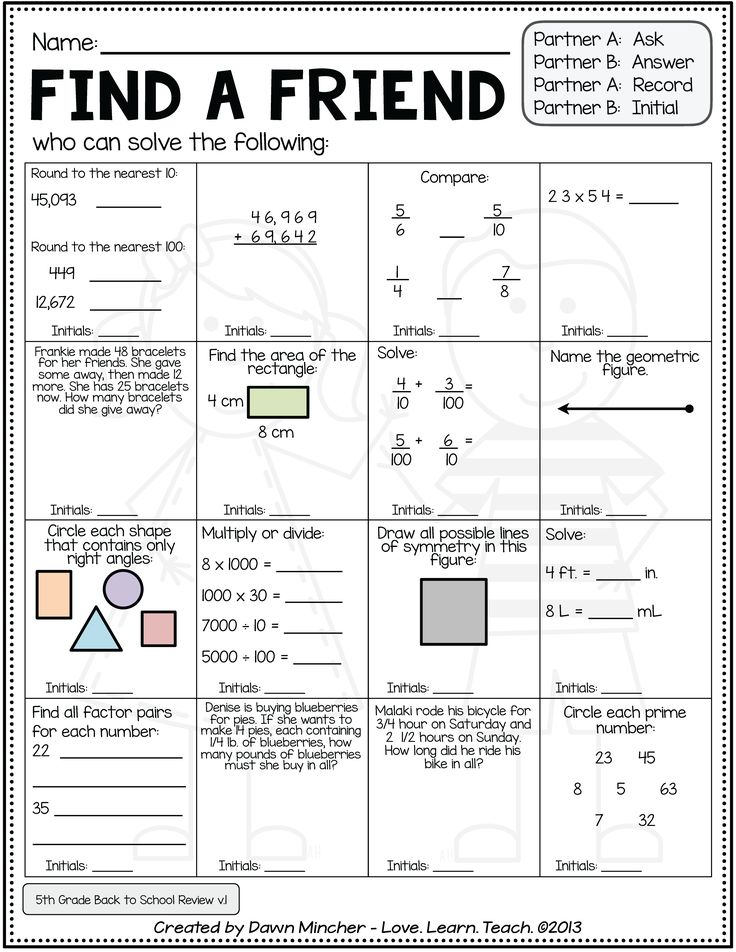 Stomp and smash on a number line
Stomp and smash on a number lineGrab some paper bags and number them, then shake them out and lay them in a number line. Now, call out an addition or subtraction problem, like 3 + 2. Have a student stomp on the bag labeled three, then on the next two to arrive at an answer of five. (Feeling brave? Try this one with balloons!)
Learn more: Schooltime Snippets
6. Grow fact-family flowers
Pick up colorful fall leaves and write math facts on them. Gather them around a numbered rock to make pretty flowers.
Learn more: @discoverwildlearning
7. Toss beanbags to learn place value
Label bins with place values like ones, tens, and hundreds. Kids toss beanbags into the bins, then count them and see what number they’ve created.
Learn more: Saddle Up for Second Grade/Place Value Toss
8. Form paper-plate number bonds
Pass out numbered paper plates, then have students mix and mingle to see how many number bonds they can form.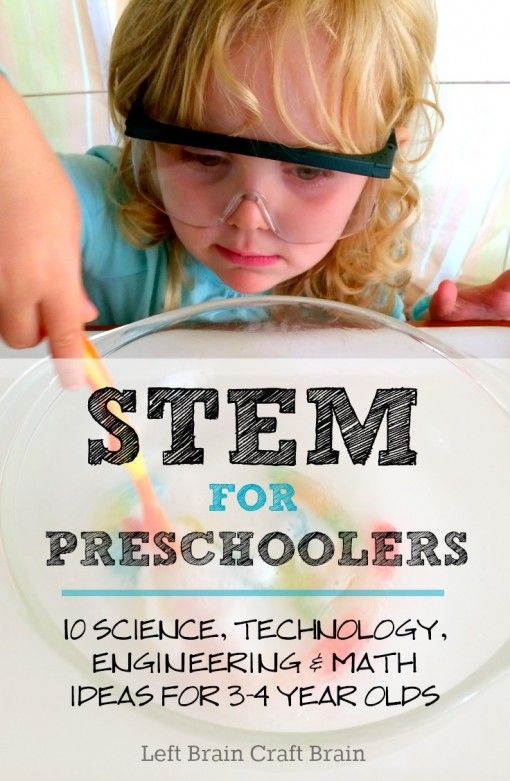
Learn more: The Schroeder Page
9. Create a life-size number line
Number lines are wonderful for all sorts of math games and activities. Make one big enough for kids to stand and jump around on using sidewalk chalk (or painter’s tape indoors). You’ll use it over and over again.
Learn more: Childhood Beckons
10. Hit the target and graph
You can teach graphing in lots of ways, so why not make it active? Students throw balls onto a target, graphing and analyzing their throws as they go.
Learn more: Amy Lemons
11. Head out on a plot graph scavenger hunt
Create a map of your school, playground, or other area using graph paper (or even better, have kids help you do it). Then choose plot points for them to visit to find notes or small prizes. They’ll feel like real treasure hunters!
Learn more: Edventures With Kids
12. Roll the dice to count and move
Get practice with low-number counting and addition using action dice.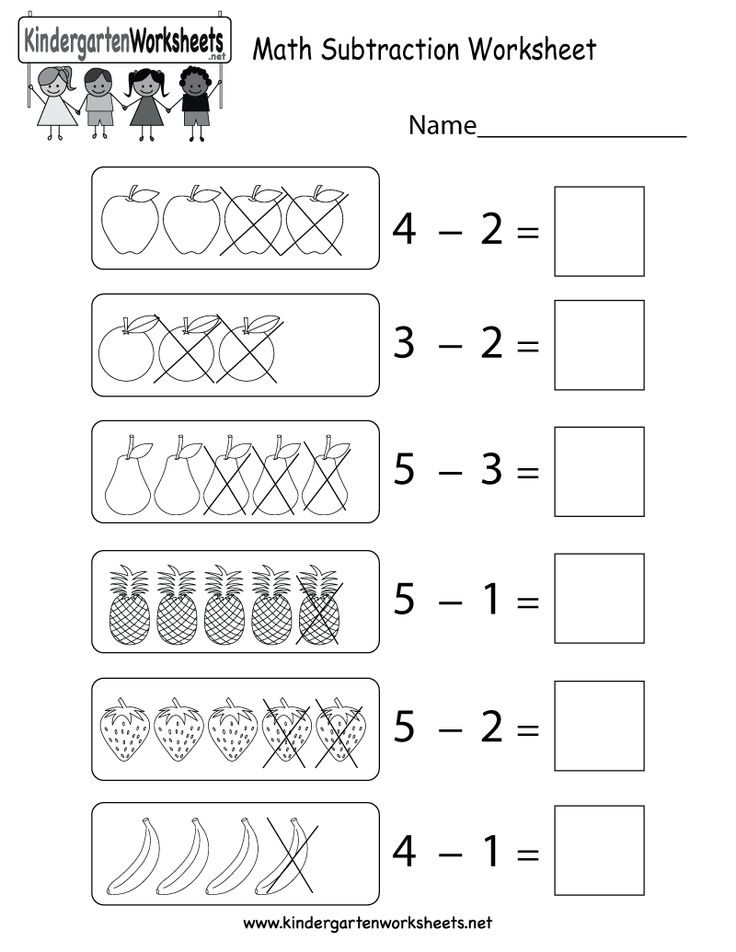 Write activities like “jump,” “clap,” or “stomp” on a small wooden block, then roll it along with a pair of dice. Kids add them up (or subtract if you prefer) and complete the activity the number of times shown.
Write activities like “jump,” “clap,” or “stomp” on a small wooden block, then roll it along with a pair of dice. Kids add them up (or subtract if you prefer) and complete the activity the number of times shown.
Learn more: Buggy and Buddy/Math Dice
13. Whack a ball to subtract
You know your elementary math students are going to love this! Build your own whack-a-mole 10-frame with a shoebox and Ping-Pong balls. Then, have kids whack the balls to practice their subtraction facts. So fun!
Learn more: Planning Playtime
14. Make a splash with water balloons
You’re going to need to be willing to get a little wet for this one, but kids simply adore math games (or any games!) with water balloons. Fill and label balloons numbered 1 through 20 (or whatever numbers you’re working on). Draw the numbers in a big circle on the playground. Then, have a student choose a balloon, find the matching number, and head off to make a splash!
Learn more: Little Bins for Little Hands
15.
 Tell time on a giant clock
Tell time on a giant clockDraw a giant clock face with hours and minutes on the playground with sidewalk chalk. Choose two students to be the hour and minute hands, then call out a time and send them out to become the clock. Add more complicated elements by having them add to or subtract from the initial time too. (“Now it’s 23 minutes later!”)
Learn more: Creative Family Fun/Sidewalk Chalk Clock
16. Measure your frog jumps
Have your students hop like frogs, leap like gazelles, or jump like kangaroos. Then, pull out the ruler or measuring tape so they can measure the distances they’ve covered.
Learn more: Coffee Cups and Crayons
17. Jump to math facts practice
Lay out a grid like the one shown that has the answers to whatever set of math flash cards you’re currently working with. (This teacher used masking tape; you could also do sidewalk chalk on the playground.) Two players face off, one on each side of the board. Show the flash card, and kids race to be the first to jump to the correct square with both feet inside the lines.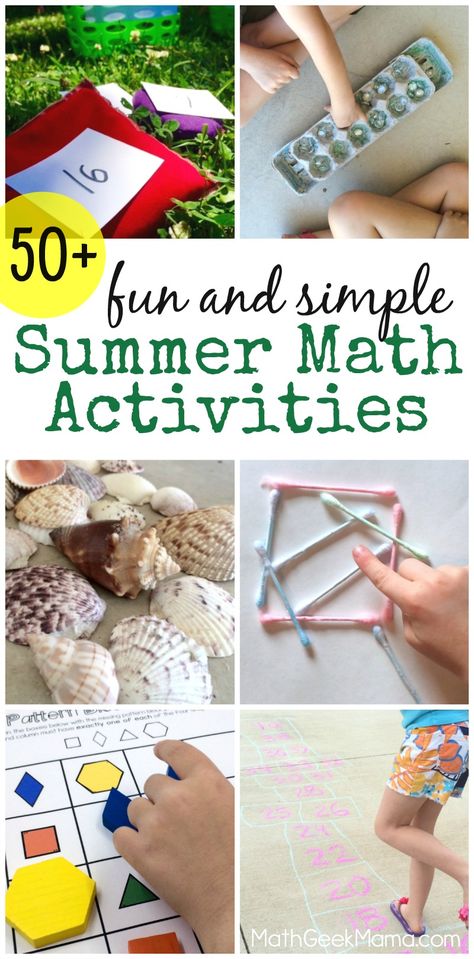 Get all the rules at the link below.
Get all the rules at the link below.
Learn more: Teaching and Tapas
18. Run a flash-card race
Tape a series of flash cards to the floor and challenge kids to see who can correctly make their way from start to finish the fastest. They can call out the answers or write them down, but they have to get it right before they move on. Kids can race side by side or work independently to beat their own best time.
Learn more: There’s Just One Mommy
19. Catch a math beach ball
Beach balls are so much fun in the classroom. Scribble numbers all over one with a Sharpie, then toss it to a student. Wherever their thumbs land, they add (or subtract or multiply) those two numbers together before tossing the ball to the next student.
Learn more: Saddle Up for Second Grade/Beach Ball Math
20. Do a number dance
Kids who love “Dance Dance Revolution” will get into this one. Make a number mat for each student like the ones shown.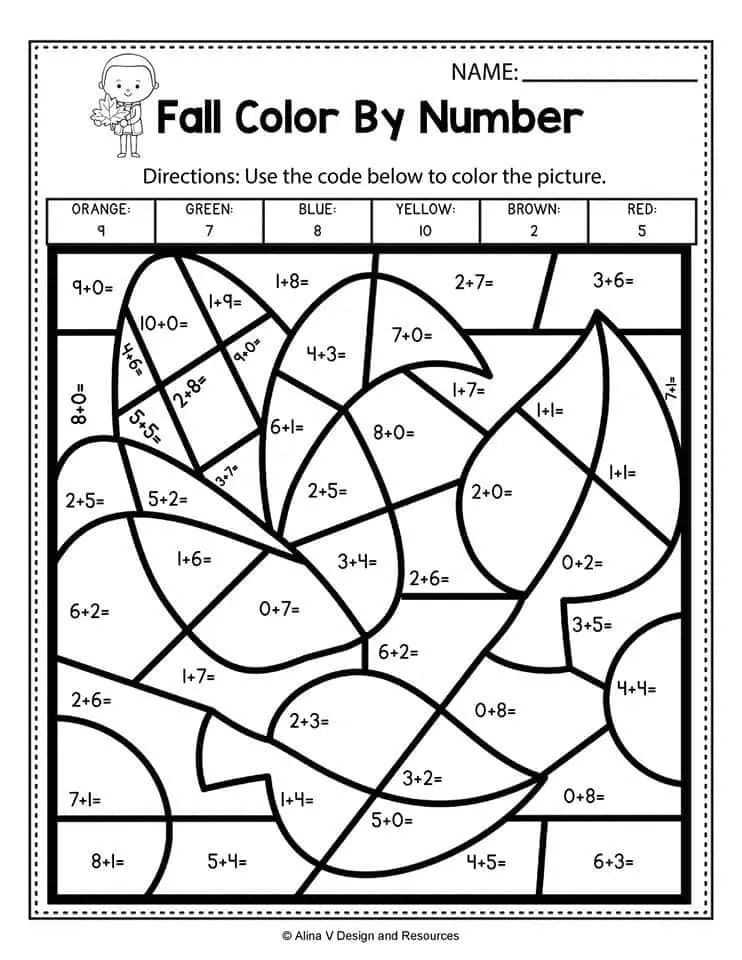 Flash an equation with an answer between 10 and 99 on the screen. Kids figure out the answer and jump to put their left foot on the correct tens place, right foot on the ones. They’ll be dancing and spinning as they learn!
Flash an equation with an answer between 10 and 99 on the screen. Kids figure out the answer and jump to put their left foot on the correct tens place, right foot on the ones. They’ll be dancing and spinning as they learn!
Learn more: Number Loving
21. Groove with angles
Teach kids about transversals and the angles they create with some fun dance moves! Get the details for “Dance Dance Transversal” at the link below.
Learn more: Communicating Mathematically
22. Add and subtract by stacking cups
We’re not sure why, but kids simply love stacking cups. Label yours with math problems and answers, then have kids build pyramids and towers galore!
Learn more: The Kindergarten Smorgasboard
23. Measure the height of a tree (no ladder needed)
Kids will be amazed to learn they can measure the tallest tree while keeping their feet on the ground. The link below walks you through the steps with a free printable.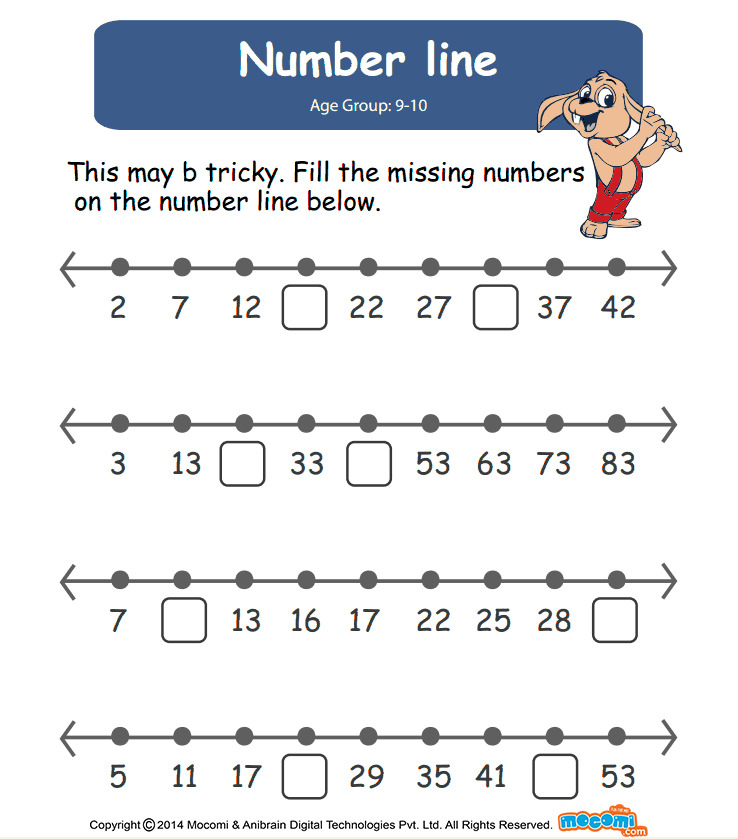
Learn more: From ABCs to ACTs
24. Count and learn on a nature walk
Take an outdoor stroll and practice basic math along the way. This works indoors too—walk the school hallways (quietly) and count doors, windows, posters, and more.
Learn more: Creative Family Fun/Math Walk
25. Hunt for shapes in the world around you
Looking for super-simple and fun active math games? Give students a sheet with shapes to find as you walk around the school or playground. Each time they find the shape, have them trace it on their worksheet and then make a mark to keep track of how many times they’ve seen it.
Learn more: Hands-On Teaching Ideas
26. Steal the balls with addition robbery
Kids compete to see whose basket of balls will add up to the highest amount. The trick? They don’t know at the beginning which balls are worth the most. Learn how to play at the link below.
Learn more: That After School Life
27. Puddle-jump from number to number
Lay out a series of construction paper puddles labeled with numbers. You can call out numbers and have kids jump to the correct one, or have them jump from one to the next in order forward or backward, or even try some skip counting.
You can call out numbers and have kids jump to the correct one, or have them jump from one to the next in order forward or backward, or even try some skip counting.
Learn more: NurtureStore
28. Paint and hide number rocks
Painted rocks are always a big hit! Have your class help you make these, then hide them around the playground and send kids off to find and answer equations.
Learn more: The OT Toolbox
29. Skip-count along a hopscotch board
A hopscotch board can be used for a lot of fun and active math games. Try it for skip counting: Kids hop along counting by 2s, 5s, 10s, or whatever you’re currently working on. Learn more at the link below.
Learn more: Math Geek Mama/Skip-Counting Hopscotch
30. Aim and throw to practice math skills
Pick up a set of Sticky Darts and draw two dartboards side by side. You can label the rings with any numbers you like. Kids throw the darts and then add, subtract, multiply, or divide the numbers—your choice!
Learn more: Inspiration Labs
31.
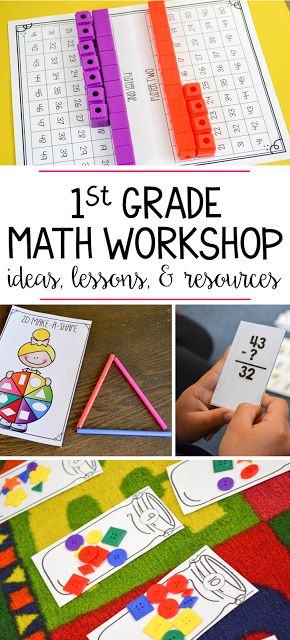 Design an outdoor board game
Design an outdoor board gameDraw a winding path and fill the spaces with math equations. Kids roll the dice and move from space to space (have them jump, skip, or twirl to mix things up). If they get the answer right, they move to the new space. If not, their turn is over. Customizable math games like this can be used at any level.
Learn more: Look! We’re Learning!
32. Turn UNO into an active math game
Grab your UNO deck and get ready to move! Assign each color a movement (hop, touch toes, etc.). As kids draw the cards, everyone completes the movement the correct number of times. Skip and Reverse work as usual, but anyone who gets Draw Two has to draw two more cards and complete the actions on their own while others cheer them on. See more at the link below.
Learn more: Still Playing School
33. Bowl them over while learning math facts
Active math games using recycled materials are economical and good for the environment.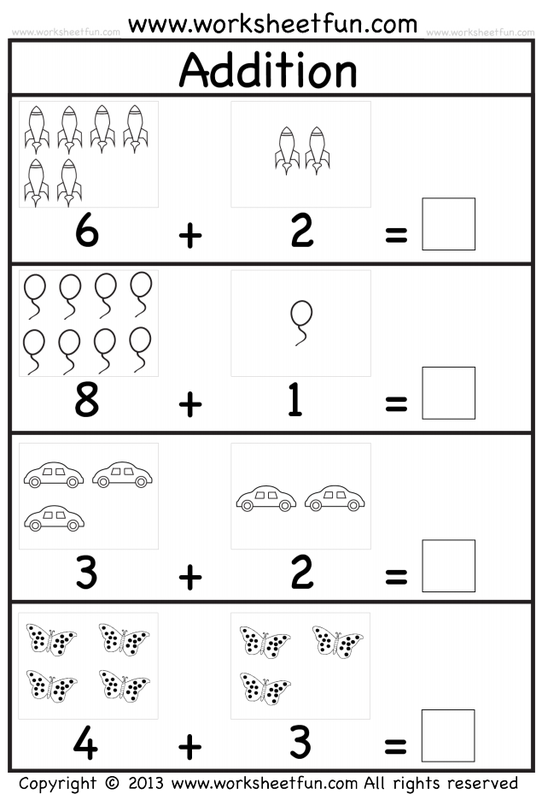 Set up empty plastic bottles labeled 1 through 10, then roll the ball to see how many you can knock down. Add up the numbers of the knocked-over bottles to get your score.
Set up empty plastic bottles labeled 1 through 10, then roll the ball to see how many you can knock down. Add up the numbers of the knocked-over bottles to get your score.
Learn more: Learn With Play at Home
34. Compete to win at putt-putt math
Pick up a few dollar-store supplies and make your own putt-putt course. This can be a simple game where kids simply shoot for the highest (or lowest) number. But you can also drive up the complexity by putting equations on the cups that kids have to solve first to determine which is the best cup to aim for.
Learn more: My Catch a Star Classroom!
35. Give a classic game a math twist
Create active math games that give new life to existing resources. For example, add numbers to Twister! For more advanced players, instead of saying “Right hand 5,” try saying “Right hand 14 – 9” to make them think.
Learn more: Math Geek Mama/Twister Math
If you like these active math games and are looking for more ways to move in the classroom, try these 21 Kinesthetic Reading Activities for your most active learners.
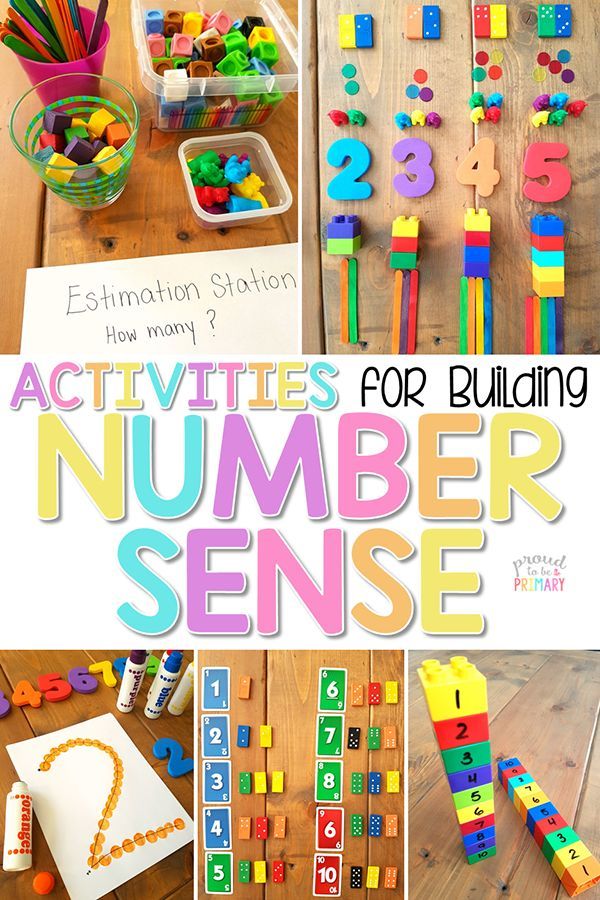
Plus, sign up for our free newsletters to get all the best teaching tips and ideas!
Abstract of a lesson in mathematics in the senior group "Mathematical Journey to a Fairy Tale" | Plan-summary of a lesson in mathematics (senior group) on the topic:
Municipal state-owned preschool educational institution "Kindergarten No. 5 of the general developing type of the urban district of the city of Novovoronezh"
Lesson in mathematics
"Mathematical journey into a fairy tale"
for older children groups
Prepared by the teacher: Korablina A. V.
2018
Abstract of a lesson in mathematics in the senior group
"Mathematical journey into a fairy tale"
Purpose: To continue to form elementary mathematical representations.
Tasks:
- Educational: Consolidate children's knowledge of the sequence of digits in forward and reverse order.
- Exercise in the ability to sequentially name the seasons, months, days of the week, parts of the day
- Consolidate knowledge of geometric shapes.
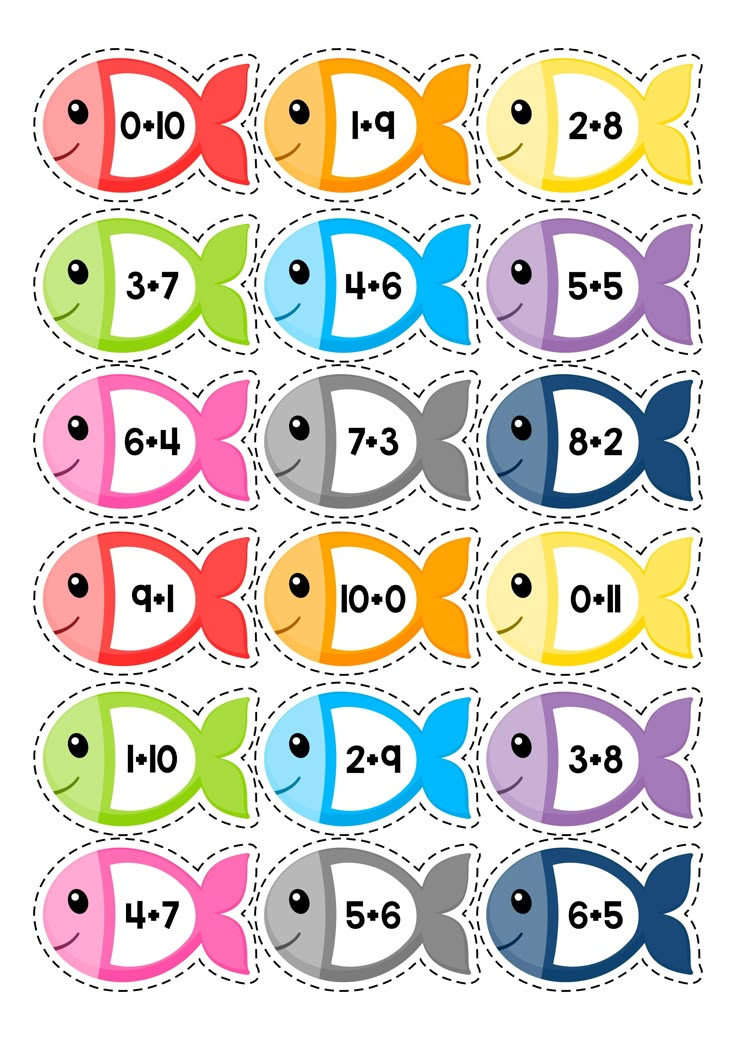
- Strengthen the ability to navigate on a sheet of paper.
Developing:
- Develop social skills, ability to work in a group, in pairs; find solutions and draw conclusions.
- Develop attention, logical thinking, memory and speech.
Educational:
- To cultivate restraint, perseverance, goodwill, feelings of mutual assistance, a desire to help.
Methods and techniques:
Visual: handout figures, illustrations.
Verbal: conversation, questions, riddles
Practical: physical education.
Equipment:
Illustrations, magnetic board, handout numbers from 1 to 10, sheet of A4 white paper, colored pencils.
GCD:
Educator: Guys, do you like fairy tales? Would you like to get into a fairy tale and help our heroes?
Today I want to tell you a fairy tale, a fairy tale is not simple, magical, with mathematical tasks.
And to get into a fairy tale, you need to close your eyes and say the magic words “1, 2, 3 turn around, find yourself in a fairy tale!”
We open our eyes. The story begins.
The story begins.
Once upon a time there was a king. And he had a beautiful daughter. Here the tsar somehow left on his royal affairs, but his daughter remained at home. She went out into the garden for a walk, and then the wind came up, picked up the princess and carried her away to the Far Far Away kingdom. The tsar became sad and asked Ivan, the tsarevich, to find the princess. There is Ivan - Tsarevich for a day, for two. Approaches the hut on chicken legs. And Baba Yaga lives there. Tsarevich Ivan told about his misfortune. Baba Yaga promised to help if Ivan Tsarevich answered her questions.
Listen carefully to Baba Yaga's questions:
Educator:
- What day of the week is it today?
- What was the day of the week yesterday?
- What day of the week will it be tomorrow?
- What day of the week will the day after tomorrow be?
- What seasons do you know? Name.
- How many months are there in a year? Name.
- What is the first month of the year?
- Name the parts of the day.

Educator: We coped with the task of Baba Yaga.
Baba Yaga gave a ball and sent the prince to Kikimora. She has a map. The ball rolled, and the prince followed him. The ball rolled to the swamp. And Kikimora appeared before the prince. She listened to the prince and decided to help, and in order to get a card, you need to complete her task.
Educator: Let's help Tsarevich Ivan.
In order for us to move on, we need to build a bridge across the swamp, but an unusual bridge, but from numbers. From 1 to 9 and vice versa.
(Children lay out the numbers in order from 1 to 9and vice versa)
- Name the number greater than 2 by 1 (3)
- The smallest digit (1), the largest digit (9)
- The digit that is less than 7 by 1 (6)
- 7)
- Show a number greater than 3 by 2. (5)
- Name the neighbors of number 9. (8 and 10)
Educator: Well done! We coped with the task, and Kikimora gave a map to Ivan - the prince can go further. The ball rolled on and led Ivan Tsarevich into the fairy forest.
The ball rolled on and led Ivan Tsarevich into the fairy forest.
-So we ended up in a fairy forest.
Miracles happen in the forest. The forest dwellers prepared a quick wits task:
- How many ears do two mice have? (4) Why?
- How many tummies do 5 hippos have? (5)
- Birds were flying over the river: dove, pike, two tits? How many birds? (3) Why?
- How many hooves does a horse have when the horse lies in the grass? (4) Explain.
- How many houses do 100 ants have? (1)
- How many times a year does Ivan Tsarevich have a birthday? (1
- What about you? (1)
Problems - riddles:
- I found in the hollow of a squirrel
Nine pieces of small nuts.
Here is another one,
carefully covered with moss.
Well, squirrel, here is the hostess!
Count all the nuts! (10) (How did the number 10 come about?)
-Children's answers.
- Six merry piglets,
Stand in a row at the trough!
Pigs left.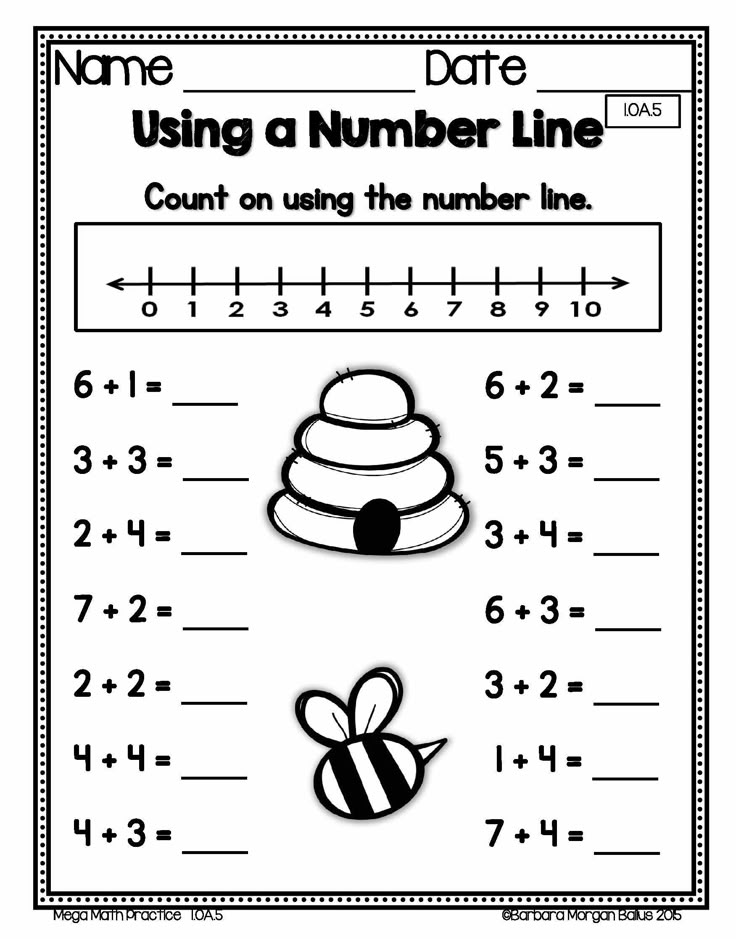 ..(5)
..(5)
- Six puppies
Plus mom-like.
How much will it be?
Count - ka! (7)
- With his nose up high
The hare carried six carrots,
Stumbled and fell -
Lost two carrots. How many carrots does the hare have left? (4)
- One day three chickens,
And with them three mice,
Three merry ones with them,
Washed piglets
Did you run early and play in the clearing? (9)
- Three hares, five hedgehogs
They go to kindergarten together.
We will ask you to count,
How many kids are in the kindergarten? (8)
Well done, guys! Done with the task!
Are you a little tired?
The inhabitants of the forest advised me to gain strength in order to move on.
Fizkultminutka
Ivan Tsarevich:
One - bent down, straightened out,
Two - bent down, straightened out,
Three - three claps in his hands,
Three nods with his head,
Spread his hands to the sides and went, went, followed the princess into the wilderness of the forest,
Suddenly he saw a stump, sat quietly and dozed off.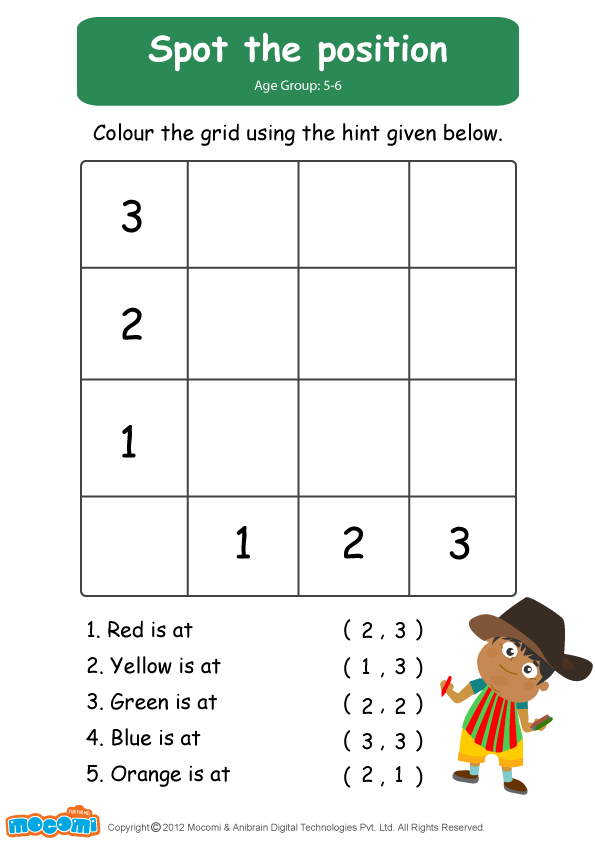
Educator: Children, open your eyes, you see, there is a castle in front of us, in which the princess is hidden. The gates of the castle are closed, there is a high stone wall around the castle! How to get there?
- I came up with it! And let's make a carpet - an airplane, and then Ivan Tsarevich will be able to fly over a high wall on it!
To do this, we need to sit down at the tables and start making magic carpets.
Pencils and paper in front of you. Get ready to listen to the task and draw (Graphic dictation):
- Draw a red square in the upper left corner;
- Draw a green rectangle in the lower right corner;
- Draw a blue triangle in the lower left corner;
- Draw a yellow circle in the upper right corner.
- Draw an orange oval in the center;
- To the right of the orange oval, draw a pink rhombus
- To the left, a purple trapezoid
Educator: now let's check:
What geometric figure did Yegor draw
in the lower right corner?
Where did Polina draw the yellow circle?
In which corner did Dima draw an oval?
Etc.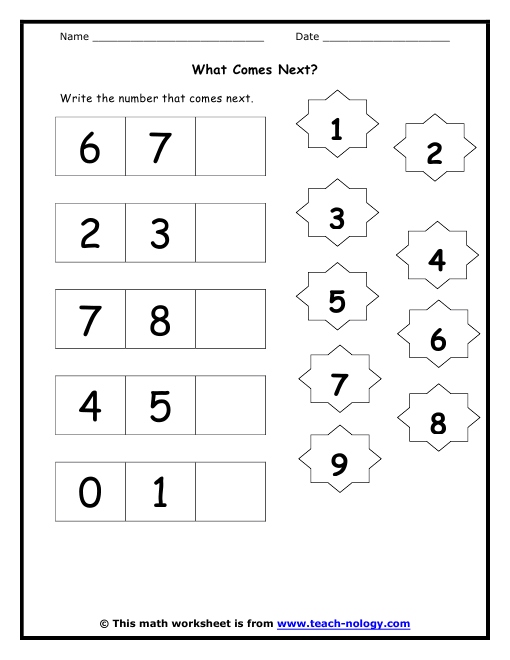
-Children, how did we decorate our carpets?
Children's answers. (Geometric shapes)
Educator: Well done. Ivan Tsarevich flew over the wall and freed the princess!
They returned to the king and began to live, live and make good!
Educator: And it's time for us to return to kindergarten. Close your eyes and start counting from 1 to 5.
(Children count in chorus)
Here we are in kindergarten.
We visited a fairy tale,
We learned a lot,
We returned back,
The kindergarten is very happy for us.
Summing up:
Where did we guys travel today?
What did you like?
Doshkolnik.ruTeachersHolidaysNeedleworkDoshkolnik.ru Doshkolnik.ru - site of an educator, speech therapist, defectologist, music director, methodologist, physical education instructor, parent. ServicesWe post articles
| Mathematics for children
| Magazine"Doshkolnik.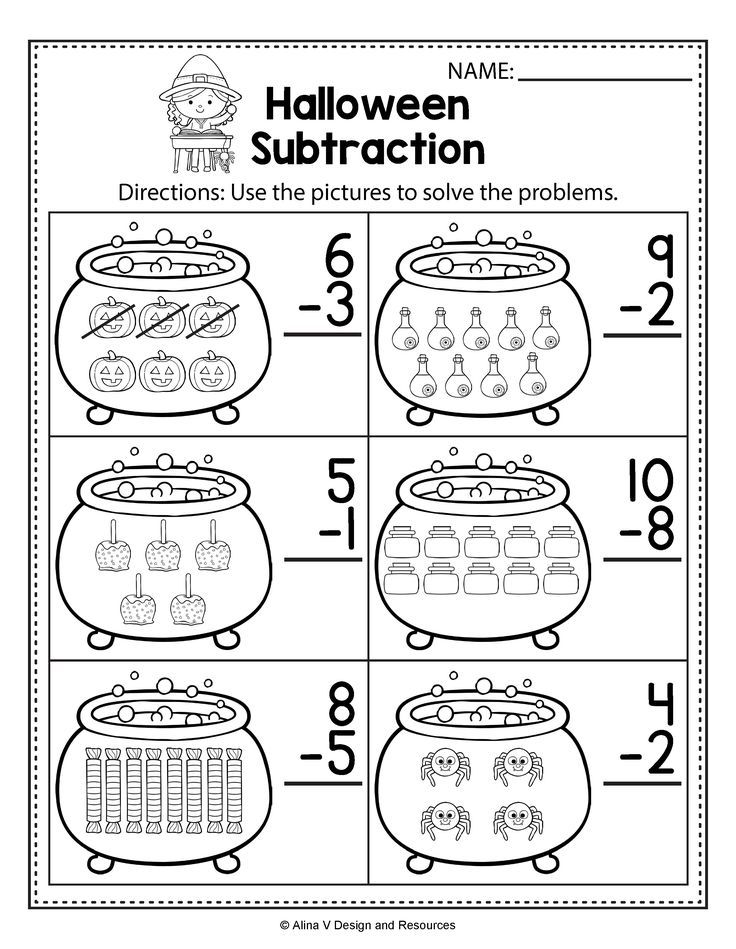 | ||||||||||||||||||||||||||||||||||||||||||||||||||||||||||||||||||||||||||||||||||||||||||||||||||||||||||||||||||||||

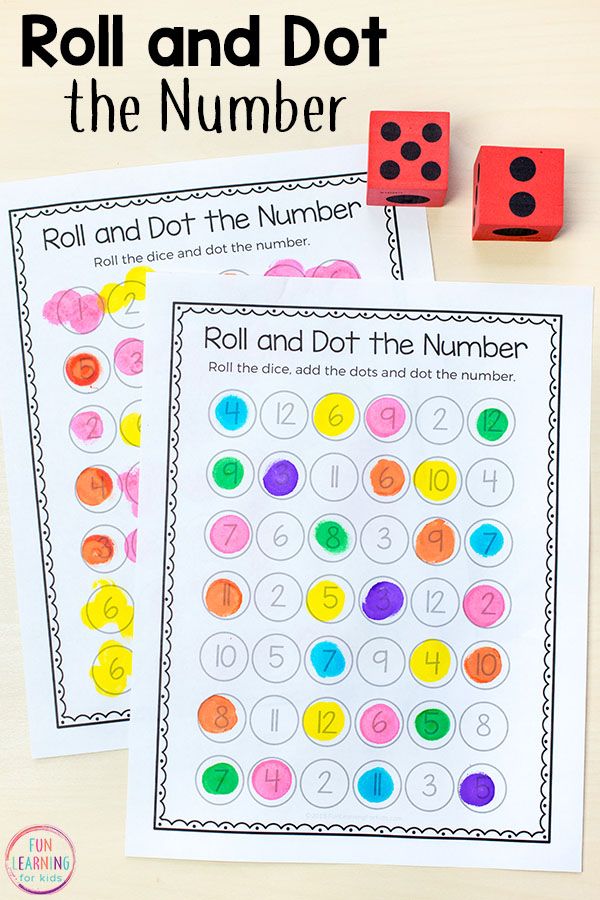 We offer teachers assistance in certification.
We offer teachers assistance in certification. 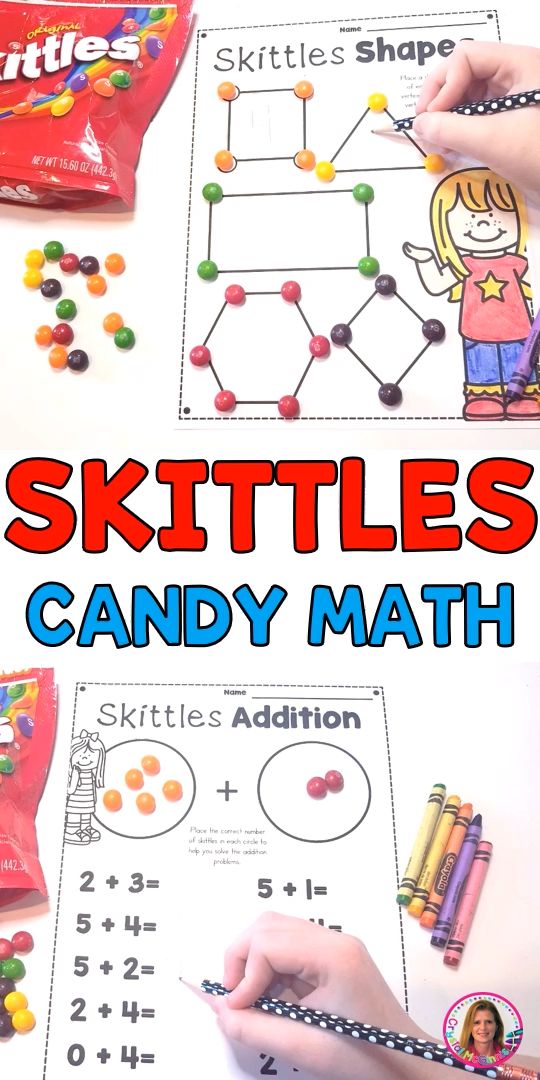 FS77-55754). To publish in a journal and receive a Publication Certificate, you need to: send your material to:
FS77-55754). To publish in a journal and receive a Publication Certificate, you need to: send your material to: 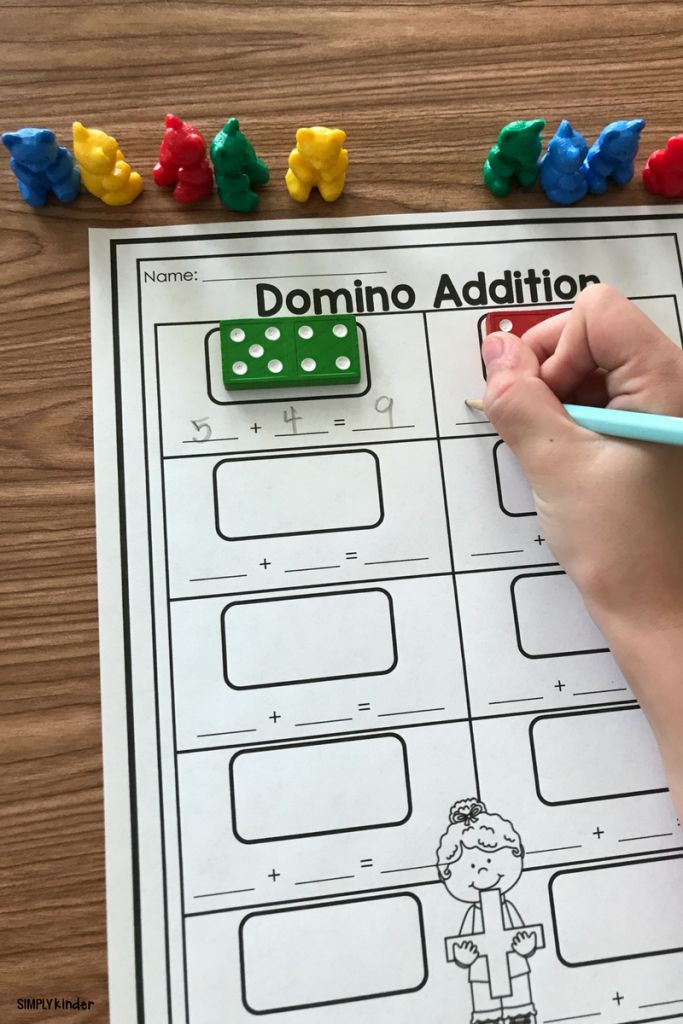
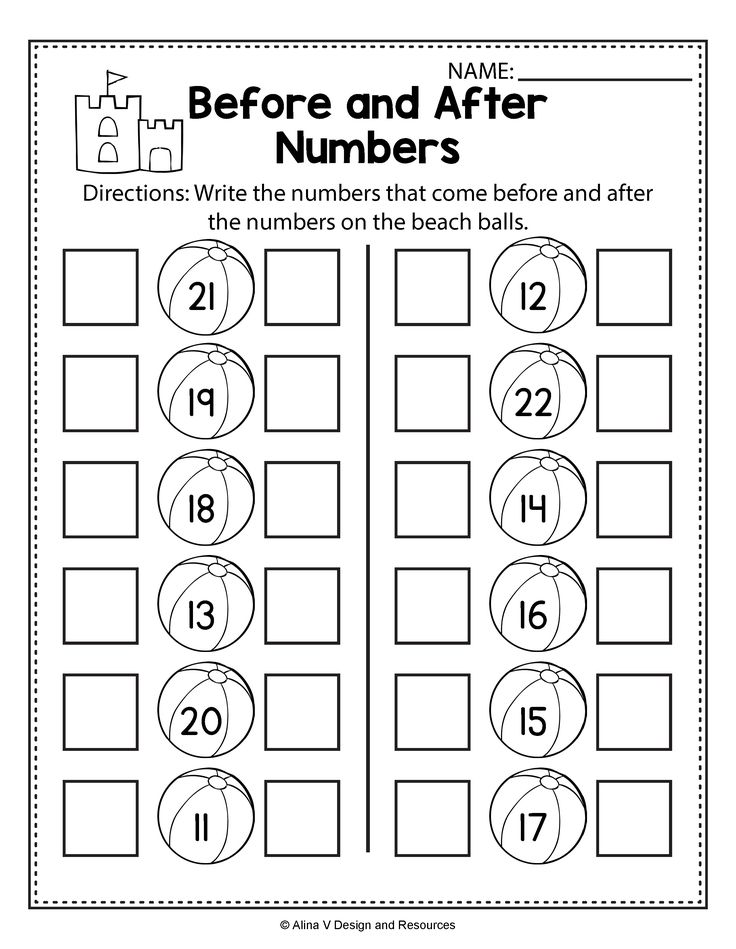
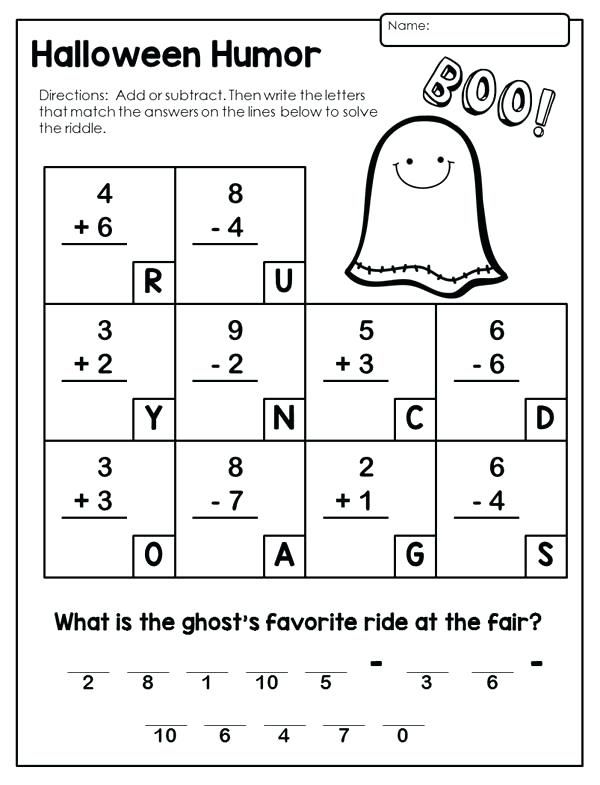 10.2022 17:01
10.2022 17:01 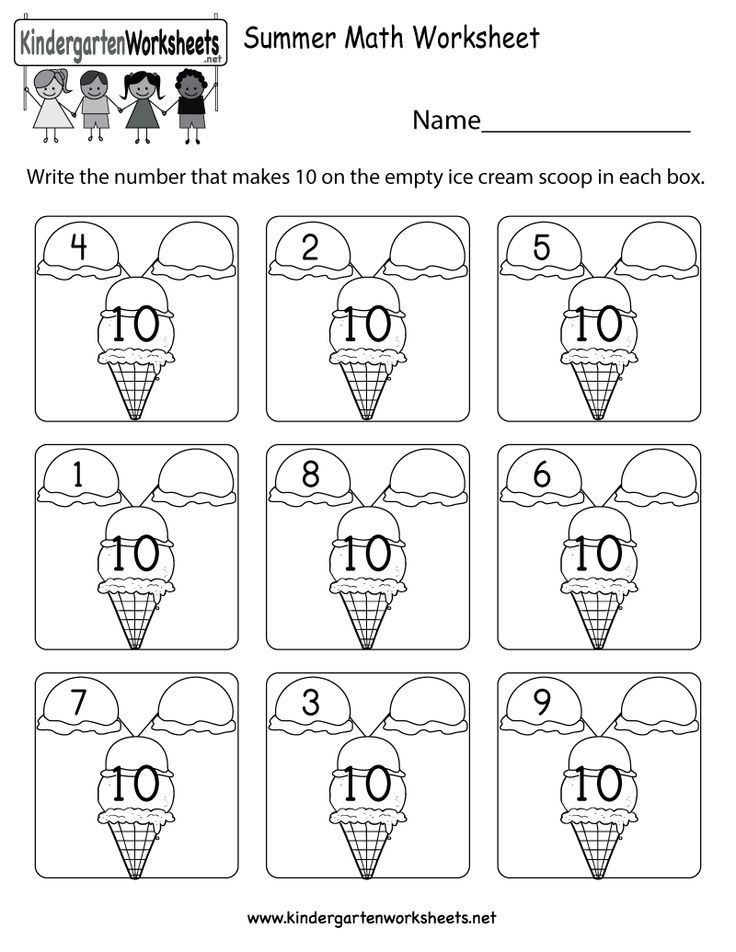 10.2022 21:08
10.2022 21:08 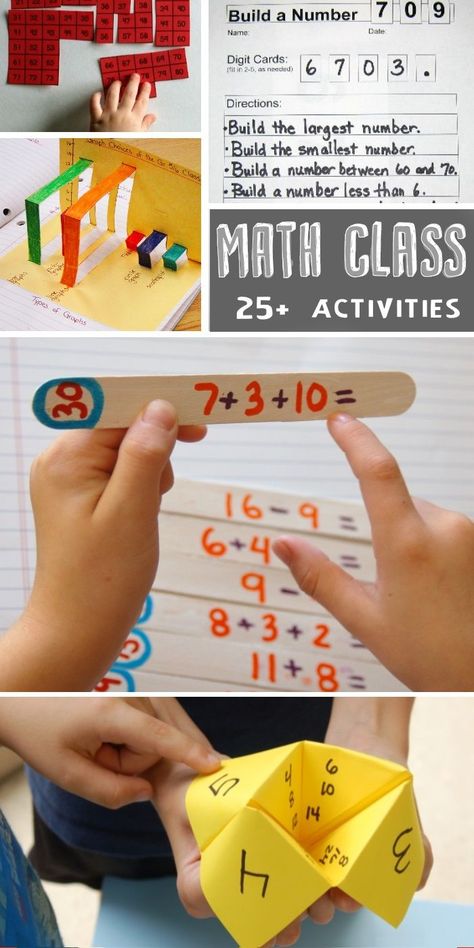
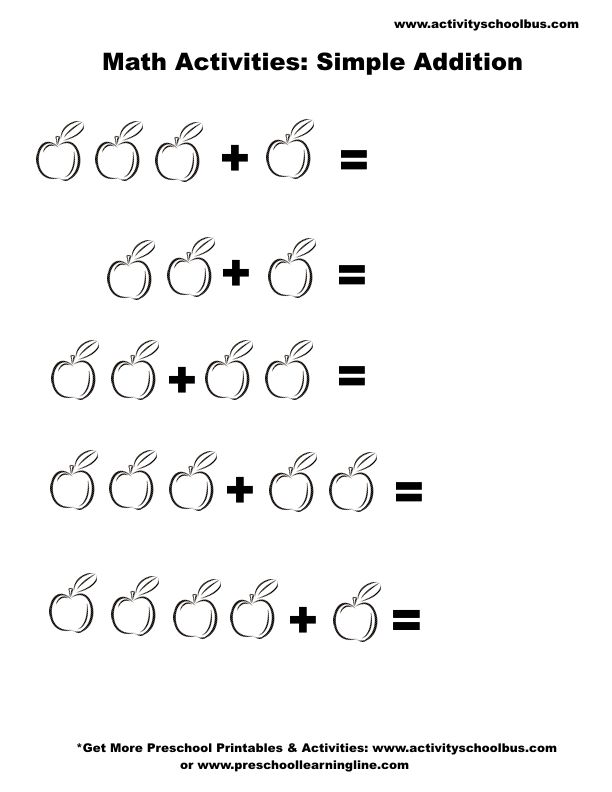
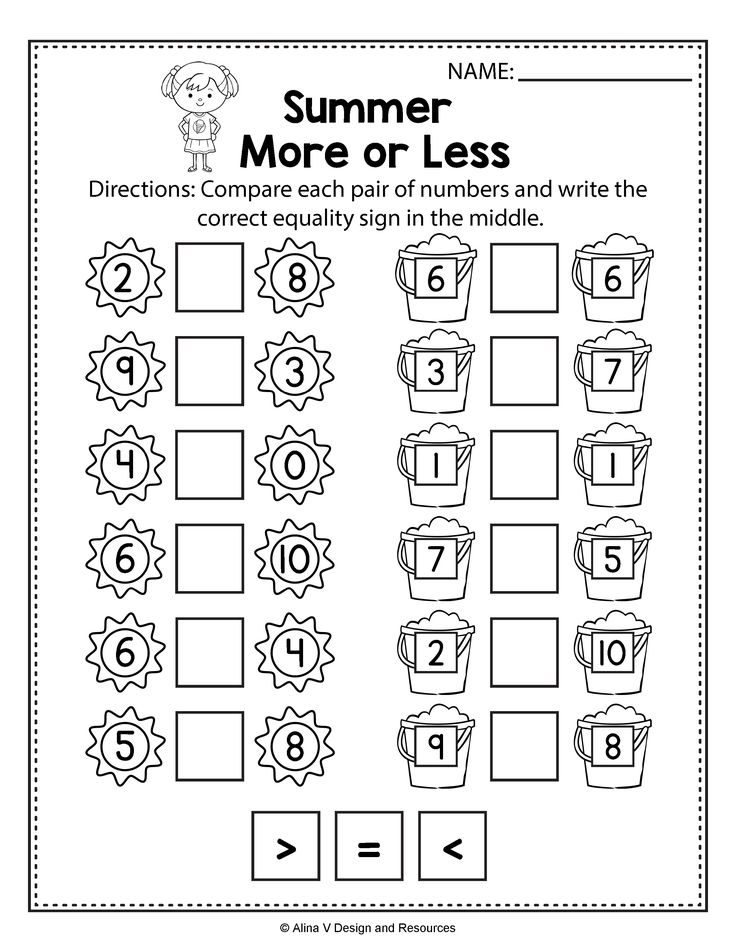 10.2022 17:55
10.2022 17:55 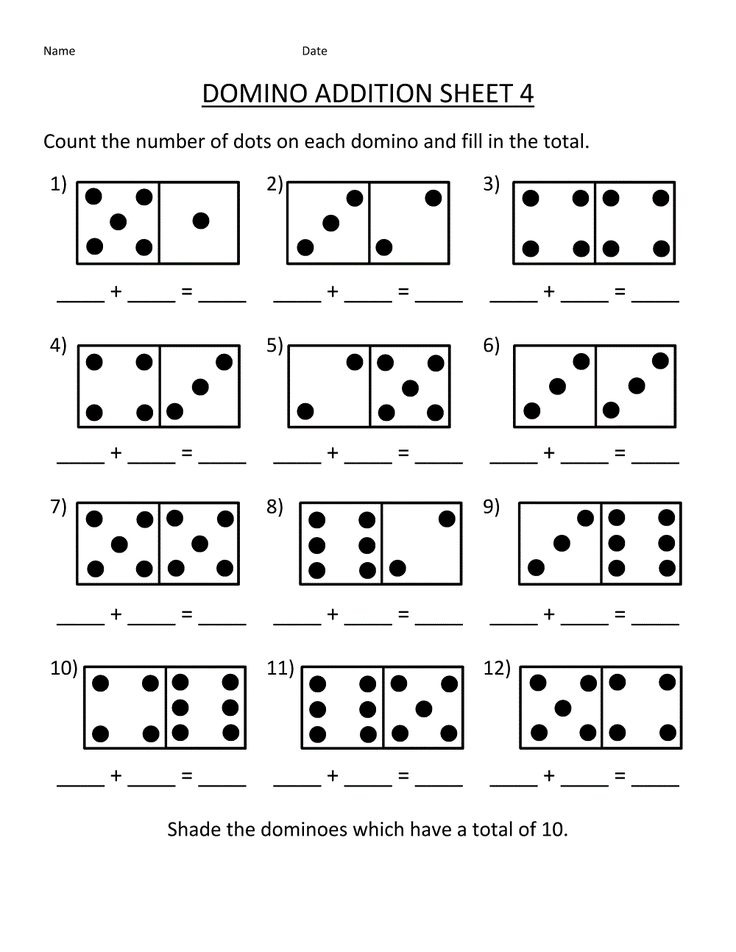 The educational area "cognition" is devoted to the formation of mental abilities in preschoolers, and the discipline "the formation of elementary mathematical representations
The educational area "cognition" is devoted to the formation of mental abilities in preschoolers, and the discipline "the formation of elementary mathematical representations 
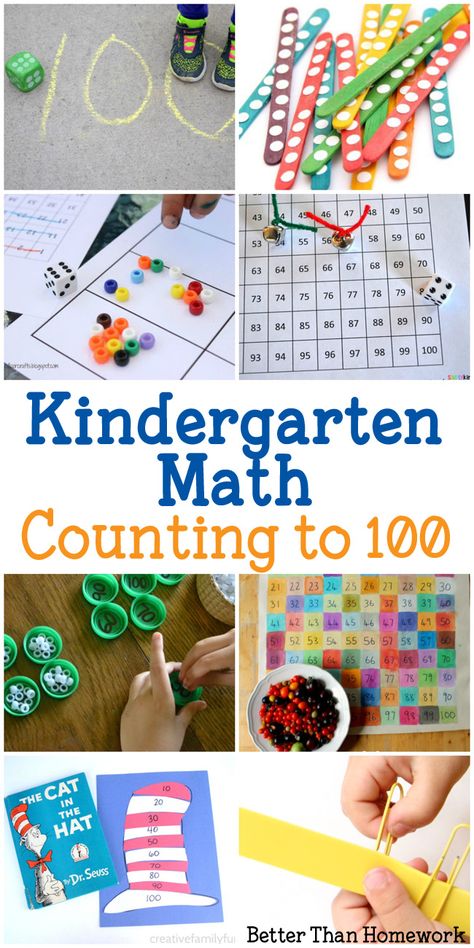 Under the mathematical development of preschoolers, the pedagogical community notes changes in cognitive activity that occur as a result of the formation of elementary mathematical representations and related logical operations, mental skills and abilities that make it easy to learn new things. [2]
Under the mathematical development of preschoolers, the pedagogical community notes changes in cognitive activity that occur as a result of the formation of elementary mathematical representations and related logical operations, mental skills and abilities that make it easy to learn new things. [2] 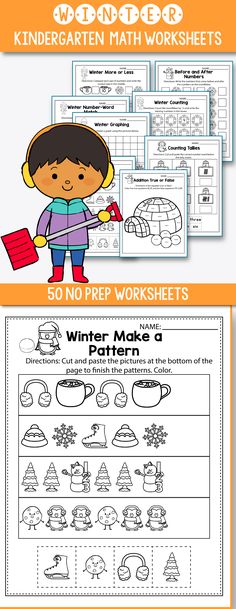 Trenkasinsky kindergarten "Rodnichok" Completed by: Bezherova V.N 2022
Trenkasinsky kindergarten "Rodnichok" Completed by: Bezherova V.N 2022 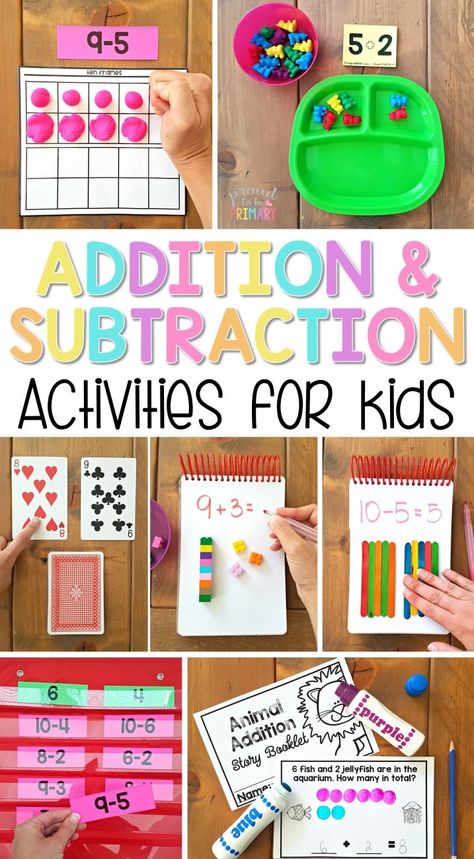 09.2022 19:47
09.2022 19:47 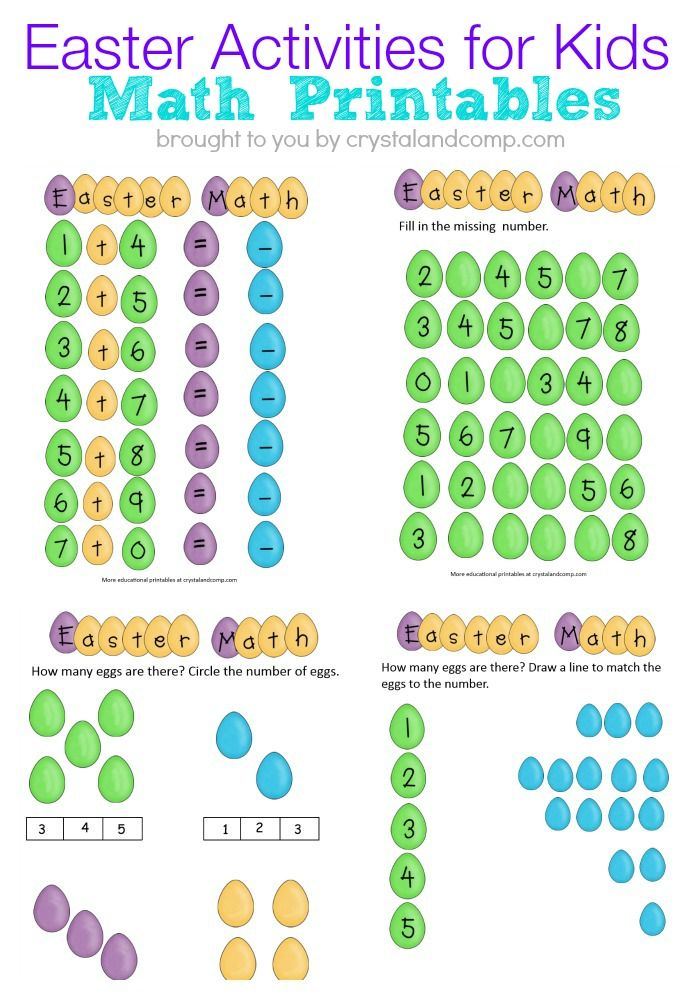 How to ensure the development of mathematical abilities that meet modern requirements?
How to ensure the development of mathematical abilities that meet modern requirements? 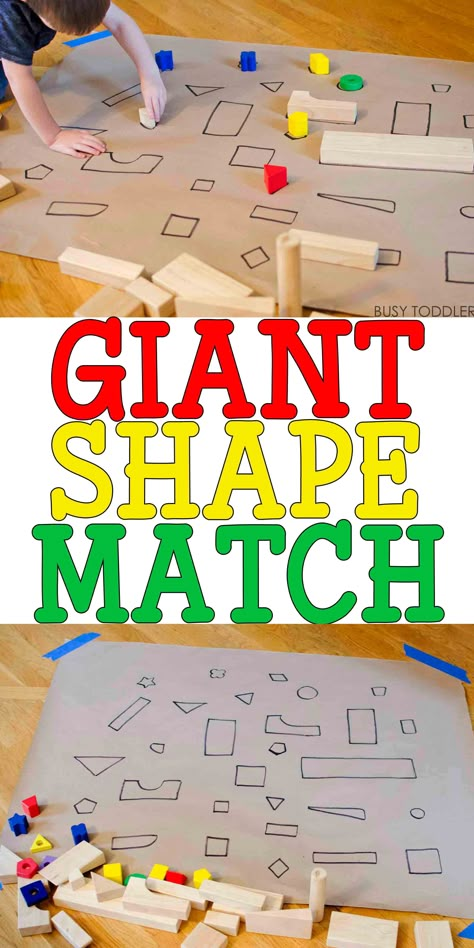 L. Art. Staromyshastovskaya 2022
L. Art. Staromyshastovskaya 2022 